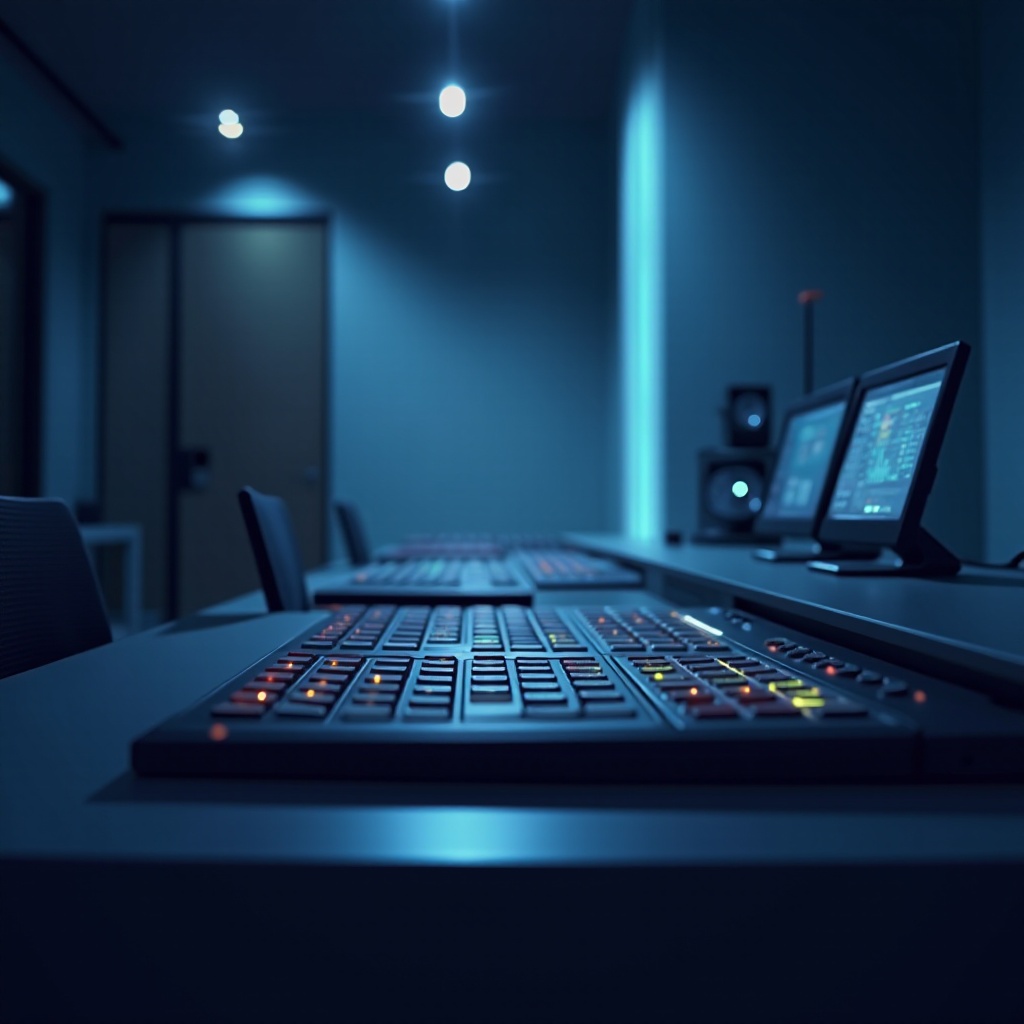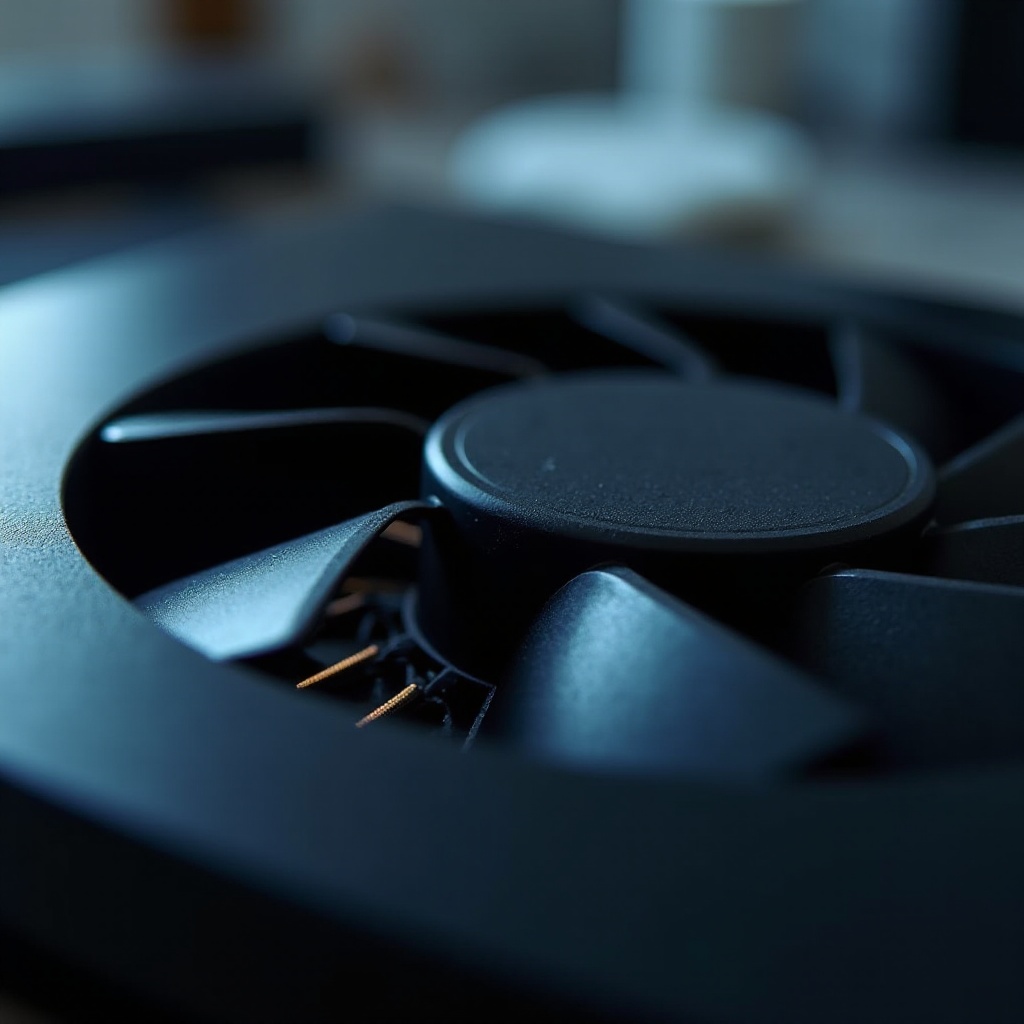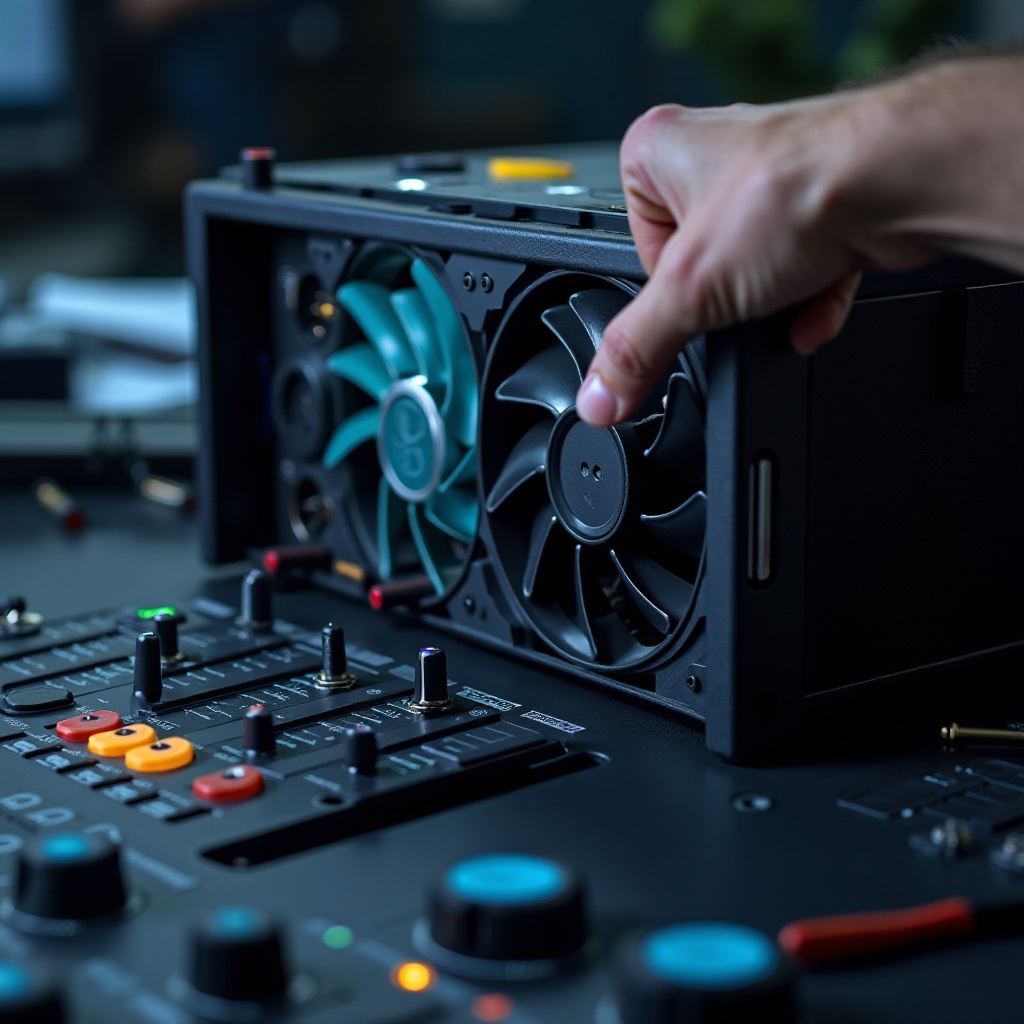The Ultimate Guide to Handling PS3 Fan Blowout in 2024
Introduction
Dealing with a noisy or faulty PS3 fan can be a real headache for gamers. Beyond the auditory inconvenience, a fan blowout can flag serious underlying issues that could disrupt your gaming sessions. By understanding the root causes of these fan problems, you can prolong your console’s lifespan and boost its performance. This comprehensive guide will walk you through identifying, diagnosing, and addressing PS3 fan blowout issues. Equip yourself with the right knowledge to maintain your console and avoid unexpected repairs. Let’s delve into the realm of PS3 fan maintenance.

Understanding PS3 Fan Blowout
A PS3 fan blowout occurs when the cooling fan of a PlayStation 3 console overheats and malfunctions. The fan’s key role is to maintain the internal components at an optimal temperature, preventing overheating that can lead to damage or system breakdowns.
During gameplay, the PS3 generates a substantial amount of heat. Without sufficient ventilation, this heat can accumulate, causing the fan to operate at full tilt, producing loud noises. These sounds signal that the fan is struggling to cool the system adequately. Catching this early can save you from expensive repairs and extend your console’s life.

Common Causes of Fan Blowout in PS3 Consoles
Several factors contribute to a PS3 fan blowout. Dust accumulation is a significant factor; over time, dust clogs the fan and vents, impeding airflow. If left unchecked, this hinders the fan’s capacity to manage heat effectively.
Additionally, improper placement of the console can exacerbate overheating issues. Keeping your PS3 on a carpet or enclosed space restricts airflow, leading to temperature spikes. Moreover, using the console in a room with high ambient temperature strains the cooling mechanism further.
A malfunctioning fan motor is another culprit. A defective motor won’t provide the necessary airflow, risking overheating. By pinpointing these causes early, you can shield your console from severe damage.

Diagnosing a Fan Blowout on Your PS3
Accurate diagnosis of a fan blowout is crucial to implementing the right solution. If your PS3 outputs unusual noise levels or experiences frequent shutdowns, overheating might be the cause.
Tools Needed for Diagnosis
You’ll require a basic toolkit with screwdrivers, a can of compressed air, and possibly a thermal monitor application. These tools enable safe opening and cleaning of the console.
Identifying Symptoms
Listen for a constant, loud noise emanating from the console, watch for unexpected shutdowns, or feel the console’s casing for excessive heat. These signs indicate a fan malfunction.
Step-by-Step Solutions to Fix PS3 Fan Blowout
Having diagnosed a fan blowout, it’s crucial to act quickly to rectify it and prevent further damage. Below is a detailed step-by-step guide to help you through the process.
Safe Disassembly and Cleaning
- Power Down: Shut off and unplug the PS3 to guarantee safety.
- Remove External Casing: With a suitable screwdriver, cautiously remove screws and open the casing.
- Clean the Fan: Deploy compressed air to remove dust from the fan and vents. Be in a dust-free location to avoid re-contamination.
- Check for Obstructions: Confirm that no physical blockages hinder the fan’s movement.
Replacing or Repairing the Fan
- Locate the Fan: Find the fan within the console.
- Assess Damage: Inspect for visible damage. If non-functional, replacement is required.
- Install New Fan: Obtain a compatible fan model and adhere to manufacturer guidelines for installation.
- Reassemble Console: Post-repair or replacement, carefully reassemble the console ensuring secure fastening.
Preventative Measures for PS3 Fan Blowout
Regular upkeep and proper setup are essential in averting a fan blowout. Embrace these practices to keep your console in prime condition.
Regular Maintenance Tips
- Clean Regularly: Dust your console’s vents and fan every few months to curtail dust buildup.
- Use a Dust Cover: Cover the console when not in use to reduce dust exposure.
Optimal Console Setup
- Location: Position your PS3 in a well-ventilated space, steering clear of enclosed areas or heat-trapping surfaces.
- Environment: Maintain moderate room temperature for efficient cooling.
When to Seek Professional Help
If post-cleaning and repairs, your PS3 still overheats, seeking professional help is wise. Persistent problems may stem from deeper hardware issues that require expert care to avert further harm.
Conclusion
Promptly addressing a PS3 fan blowout not only ensures a longer lifespan for your console but also enhances your gaming experience. Vigilant maintenance and early issue recognition can prevent costly fixes. Stay aware, maintain cleanliness, and consult professionals for ongoing issues to enjoy uninterrupted gaming sessions.
Frequently Asked Questions
What should I do if my PS3 fan is still loud after cleaning?
If cleaning doesn’t resolve the noise, the fan may need replacement. Persistent loud sounds might indicate a failing fan motor, requiring professional repair.
Are there specific PS3 models more prone to fan blowout?
Older models, due to wear and tear, might be more susceptible, but regular maintenance can help mitigate this risk across all models.
Can using external cooling devices help prevent fan blowout?
Yes, external cooling devices can supplement the internal fan’s efforts, reducing the risk of blowout and improving overall heat management.
